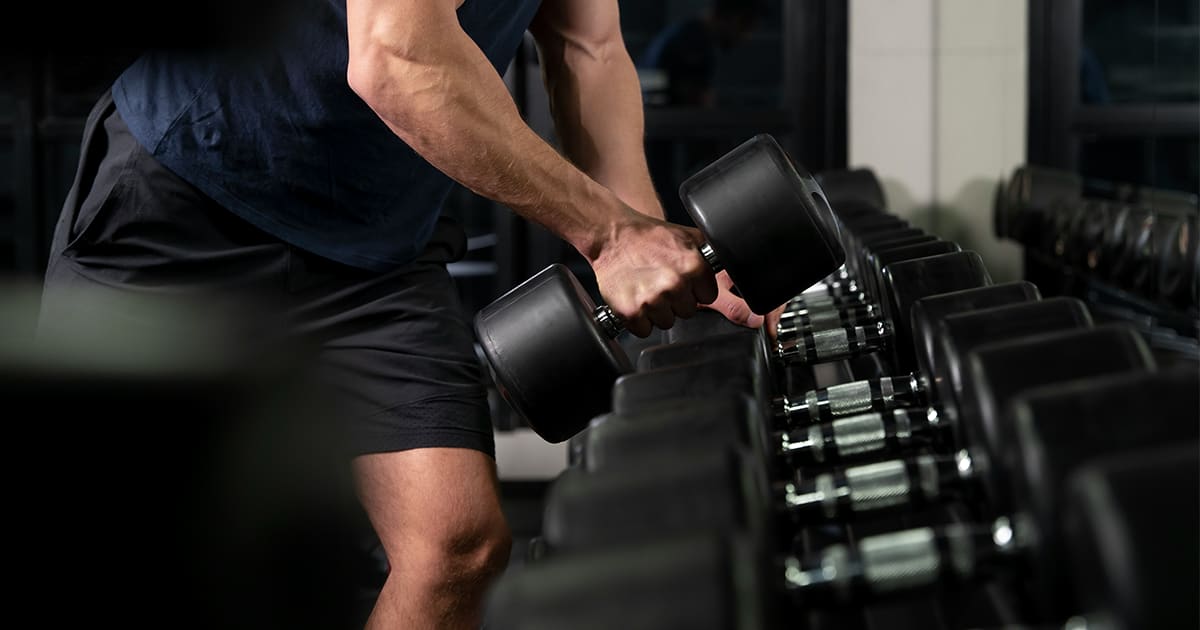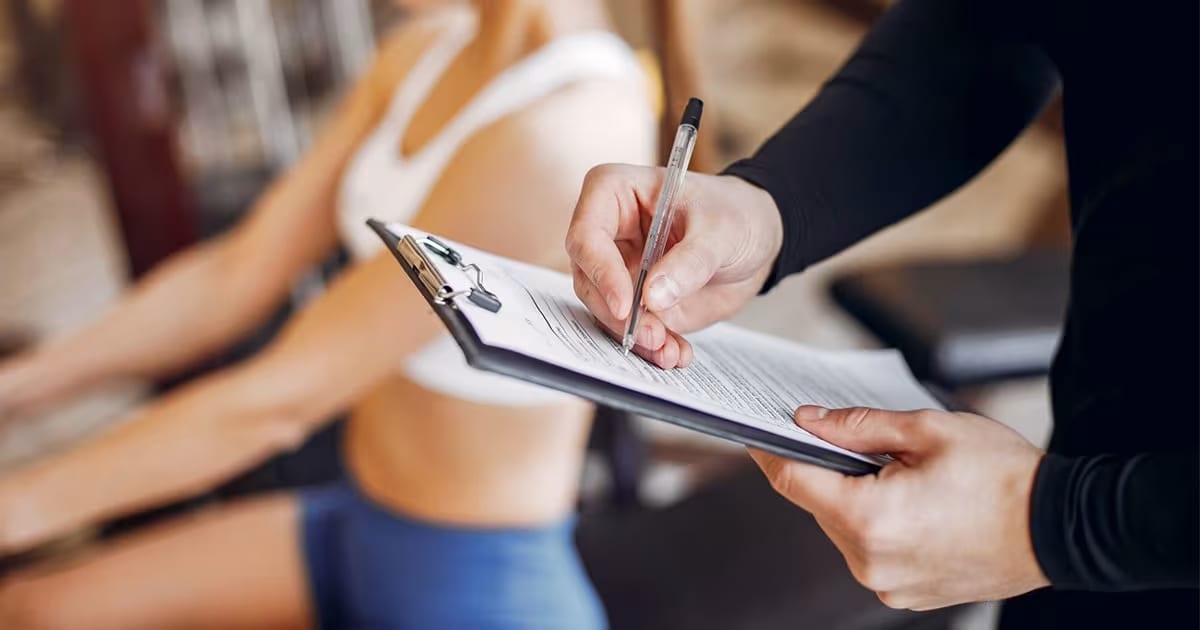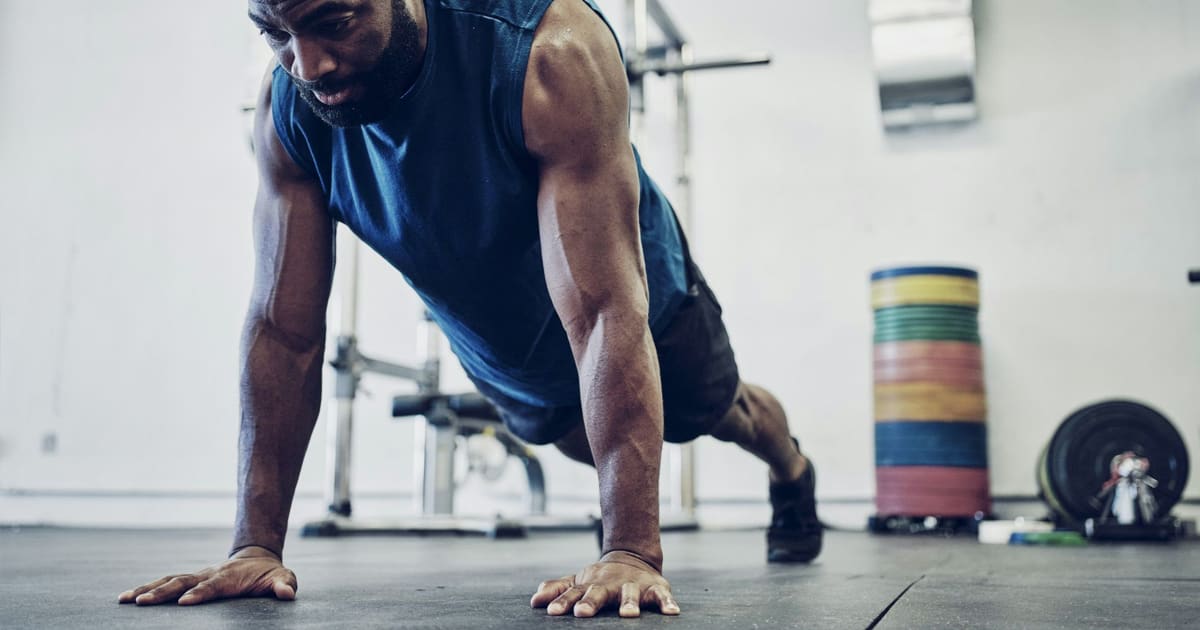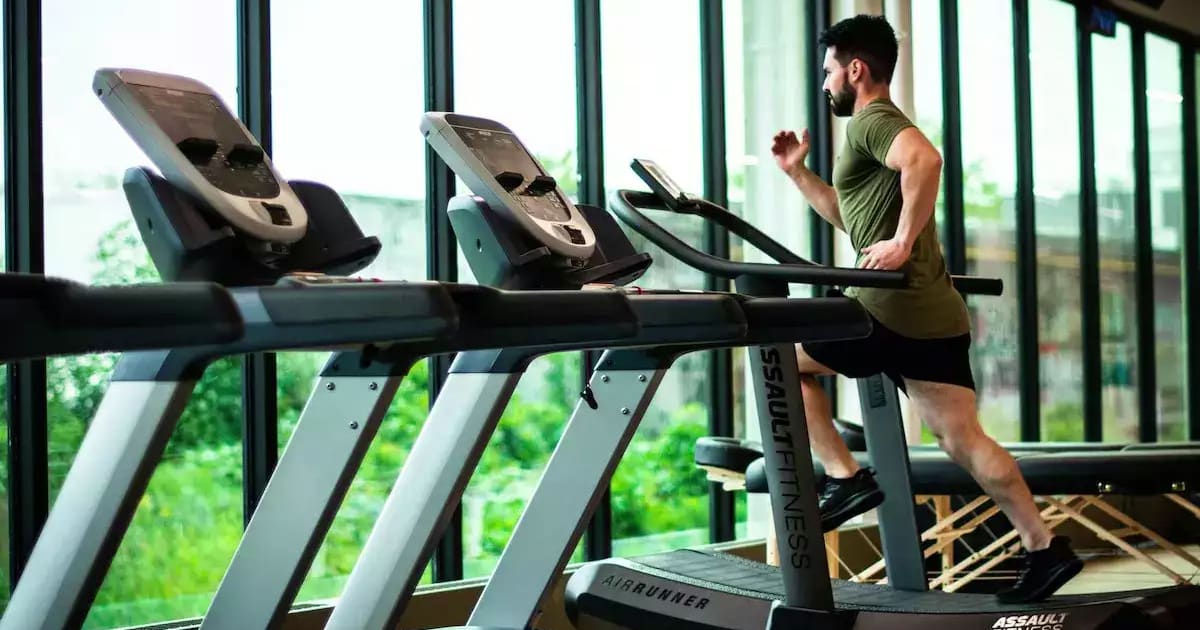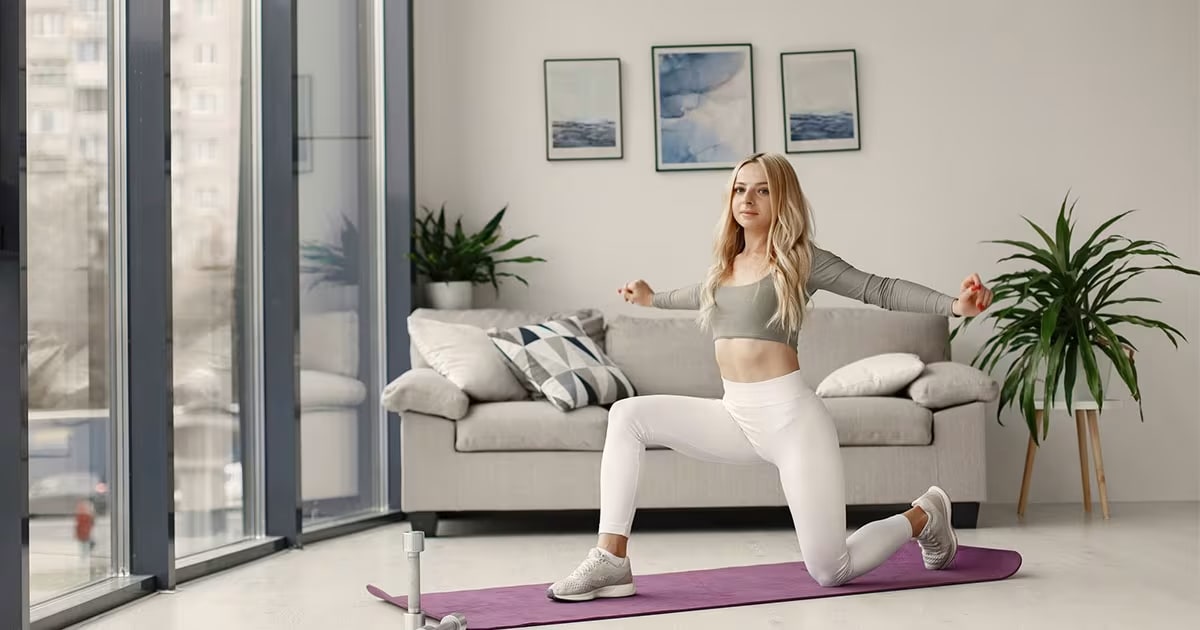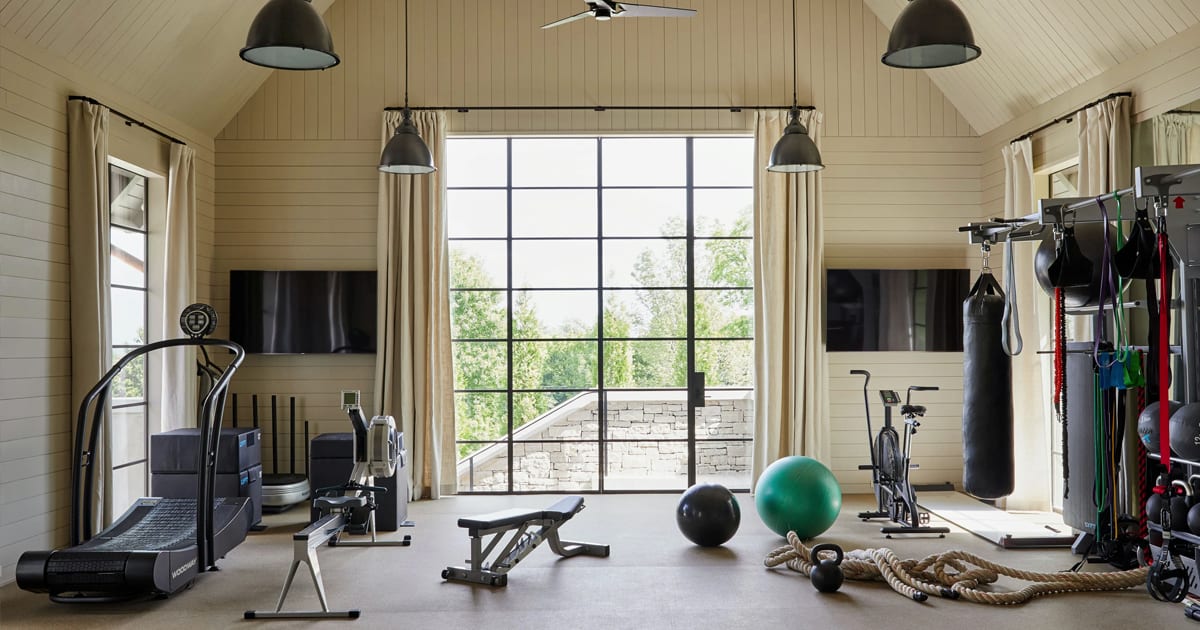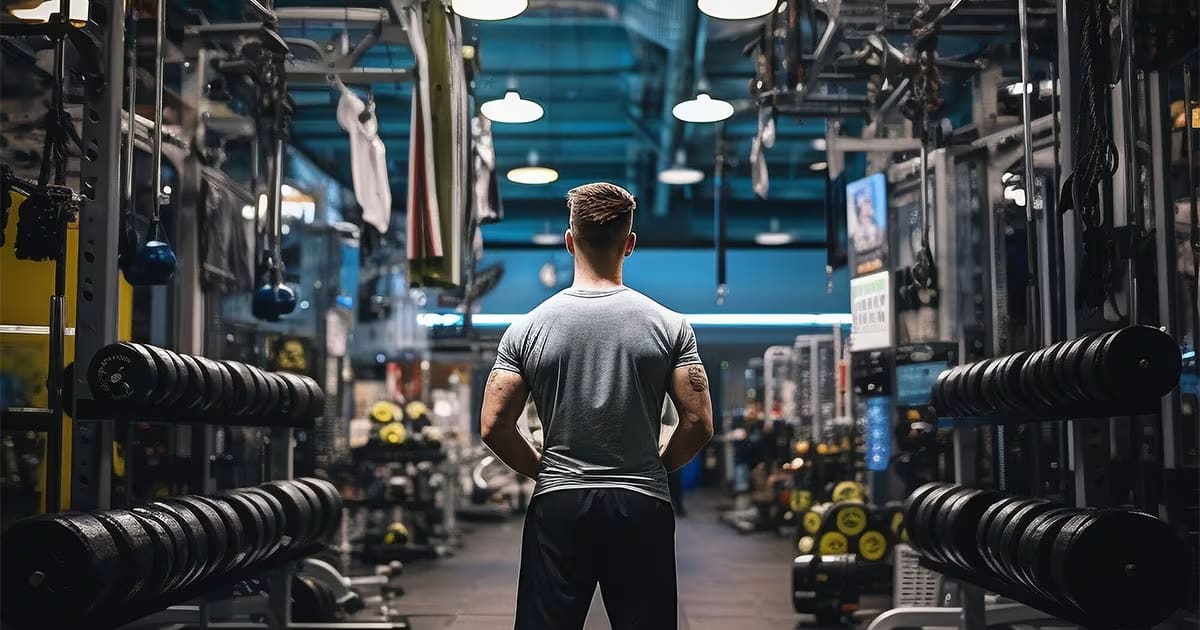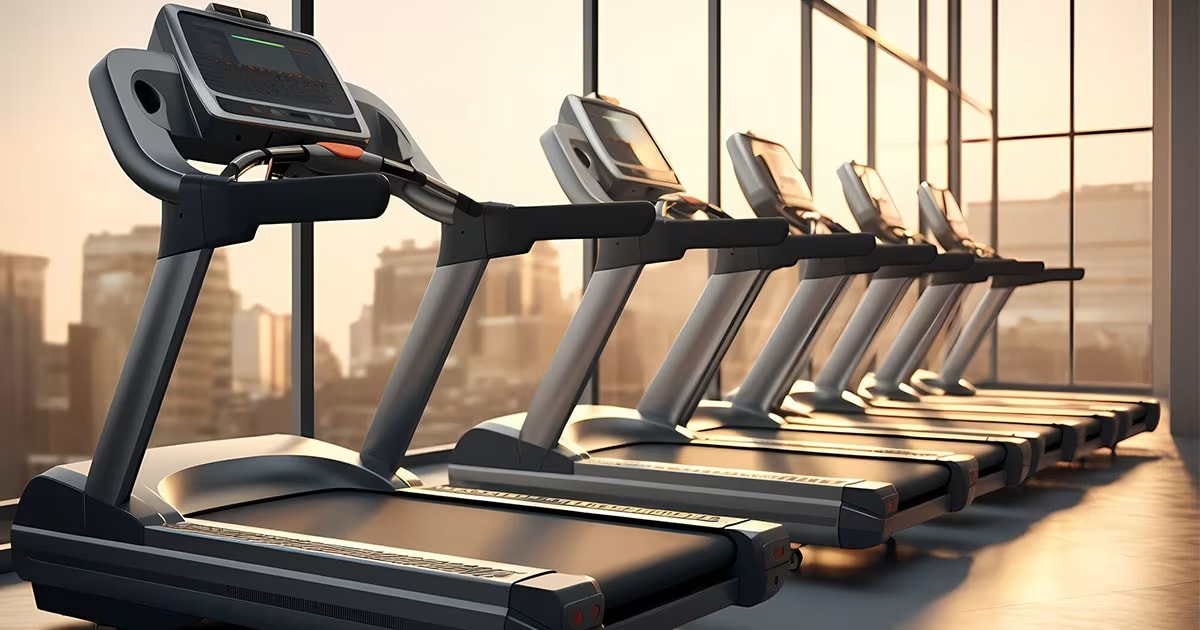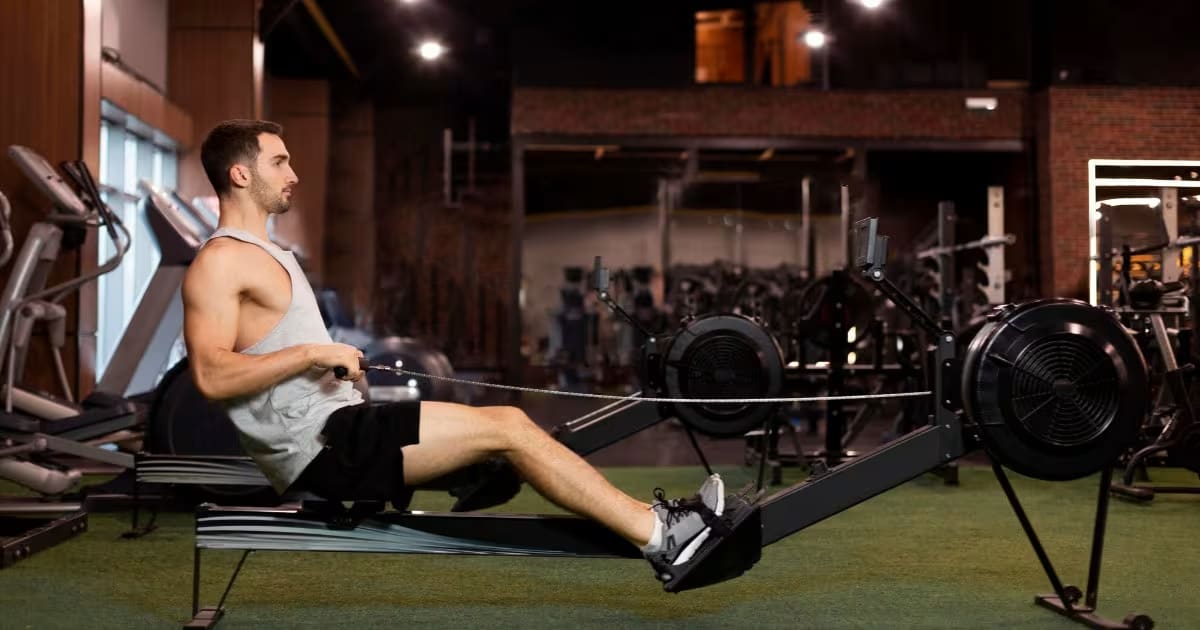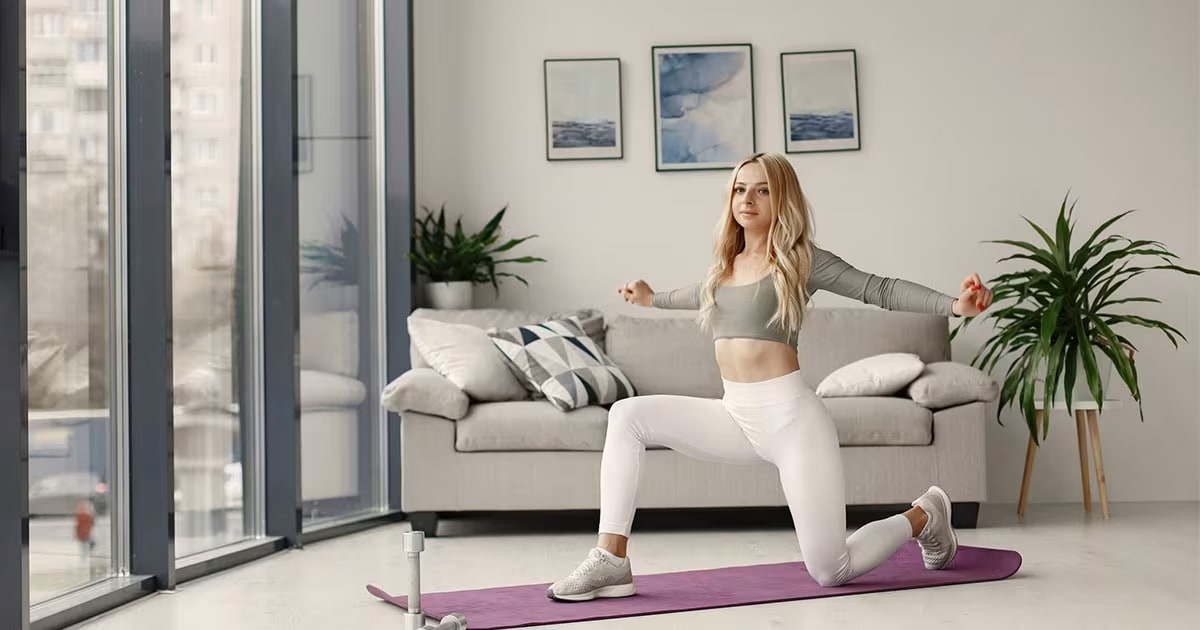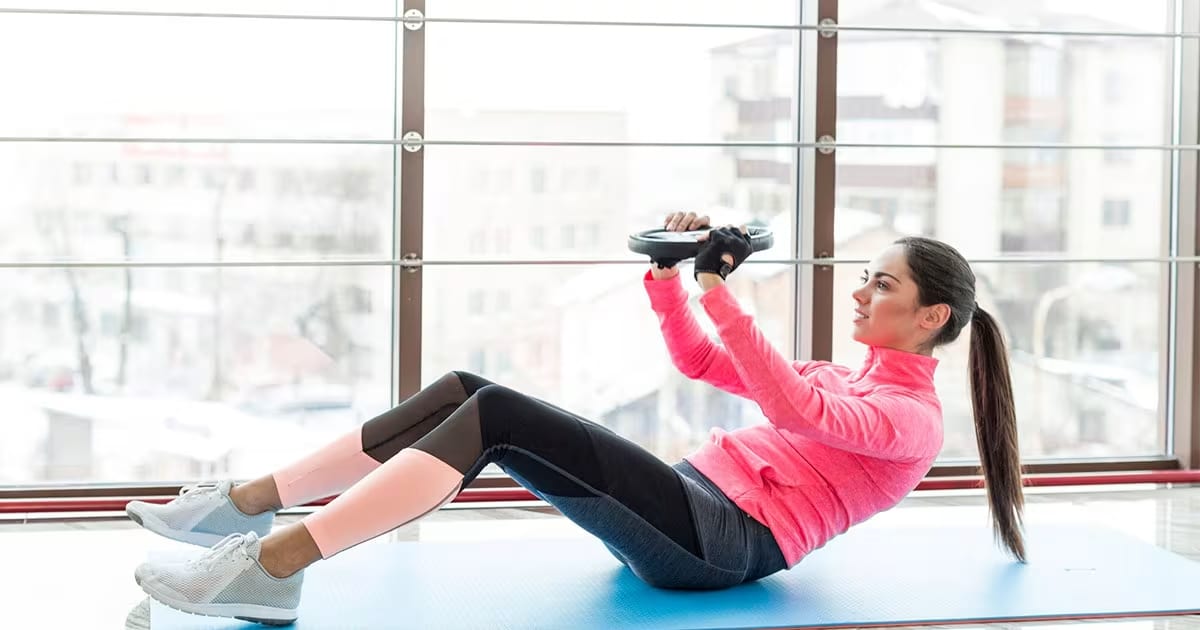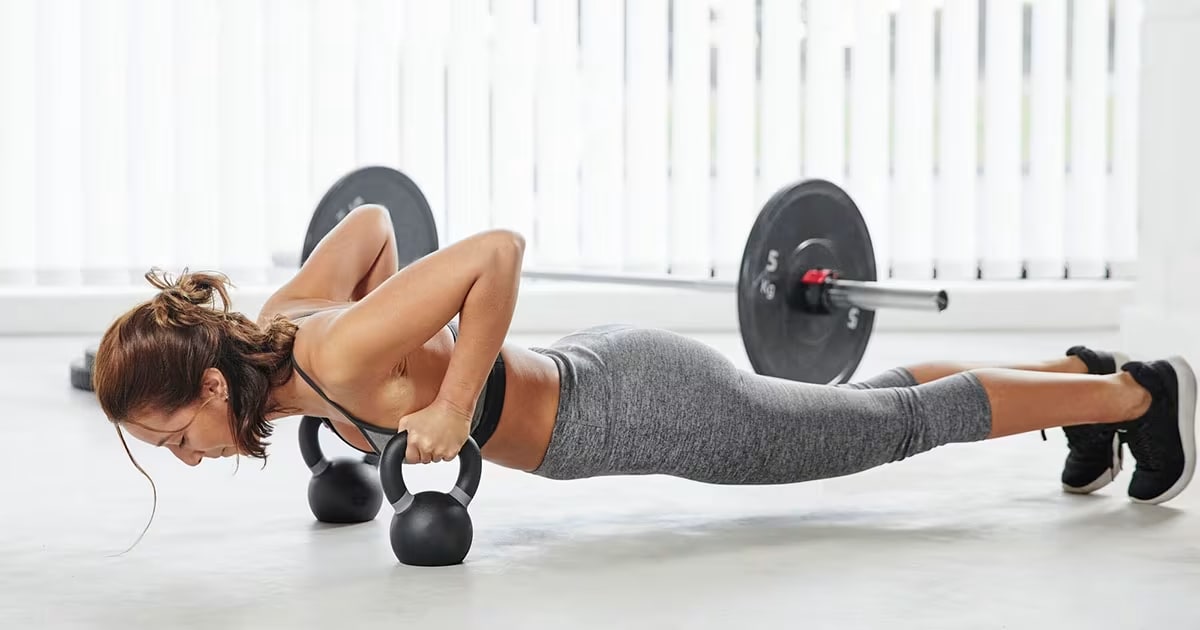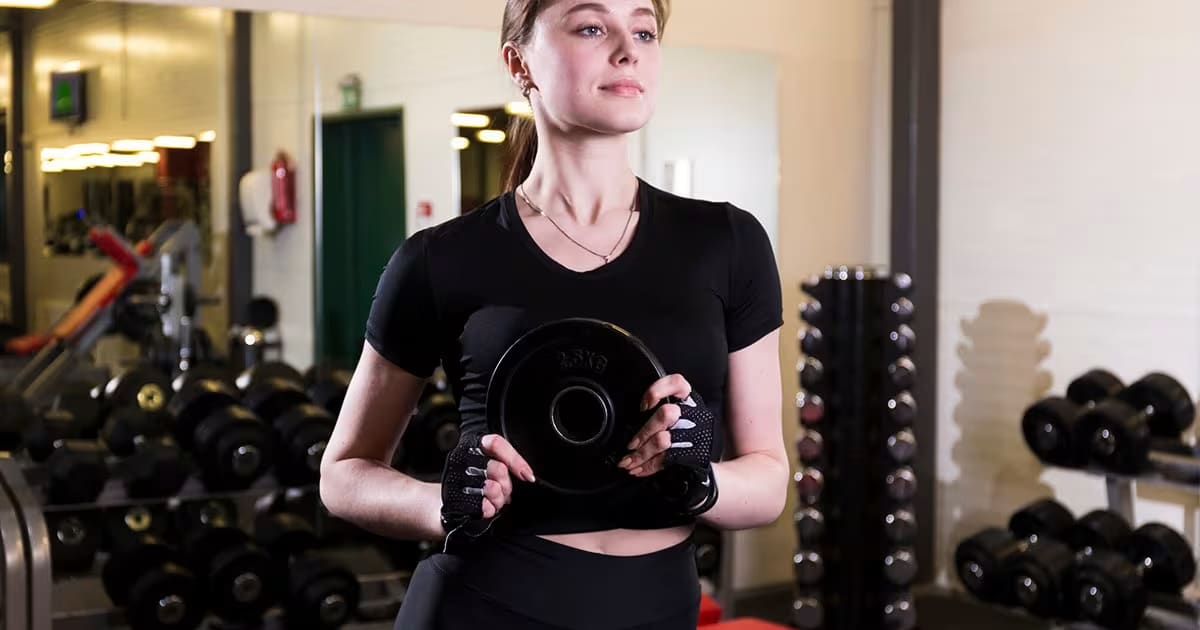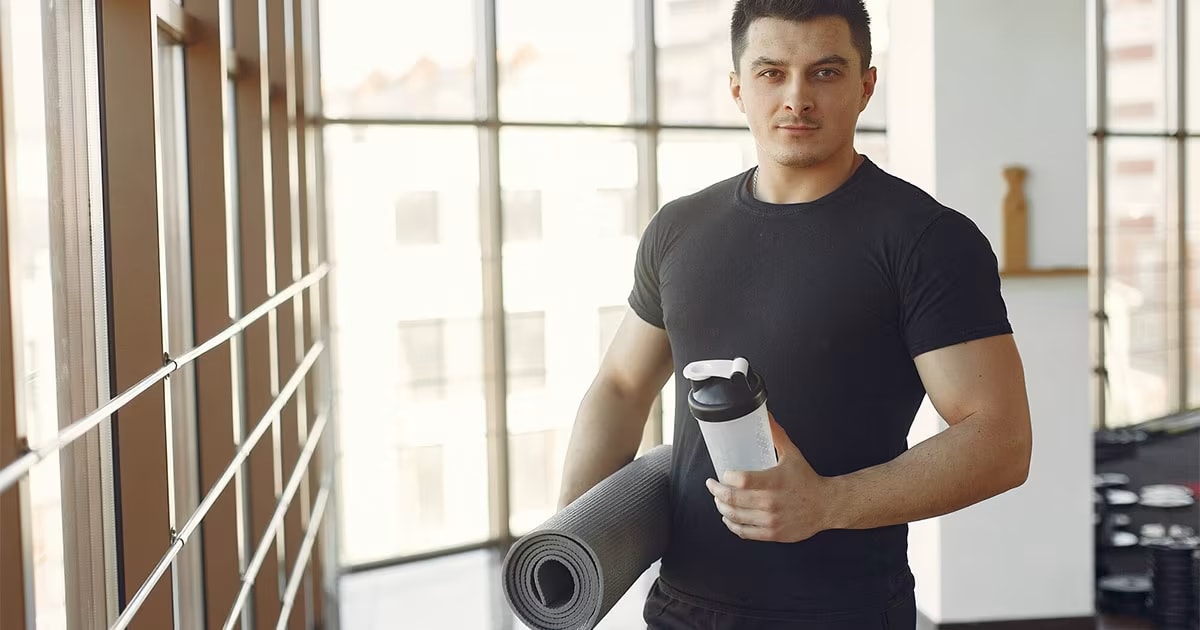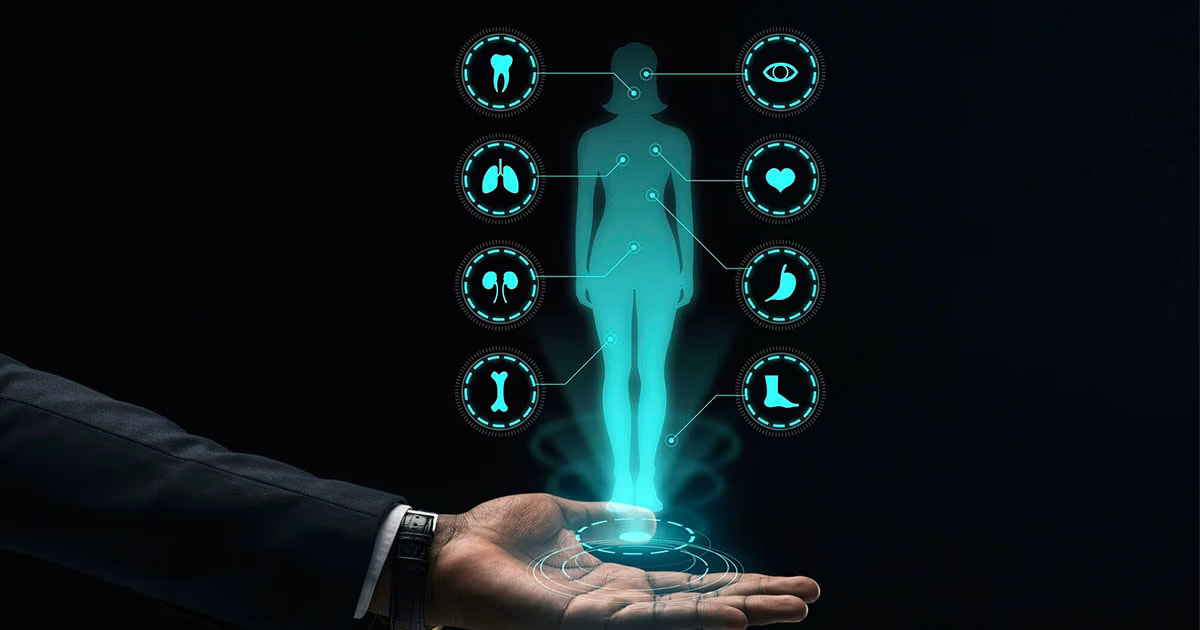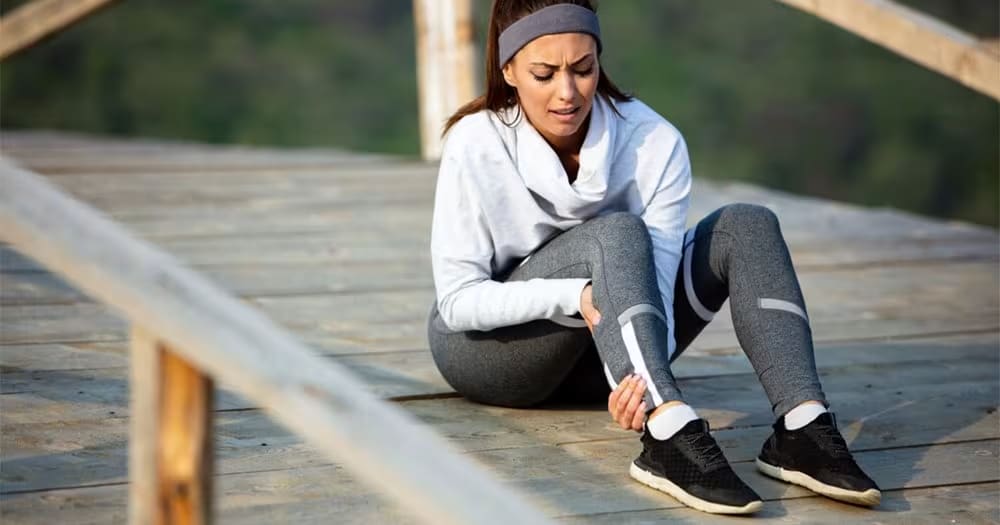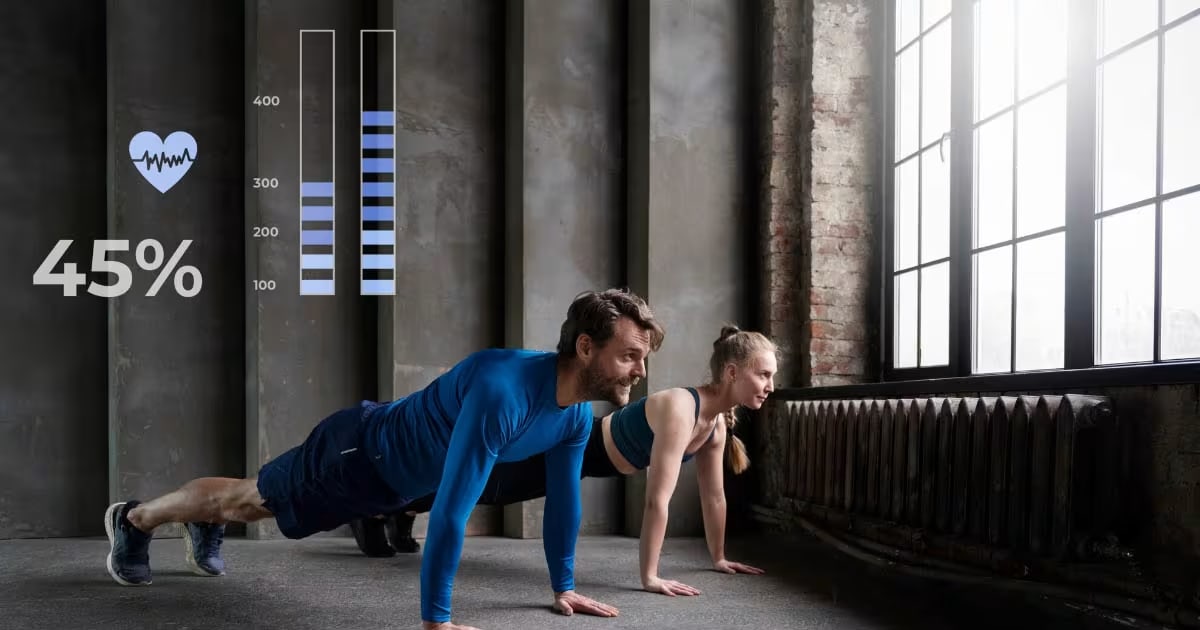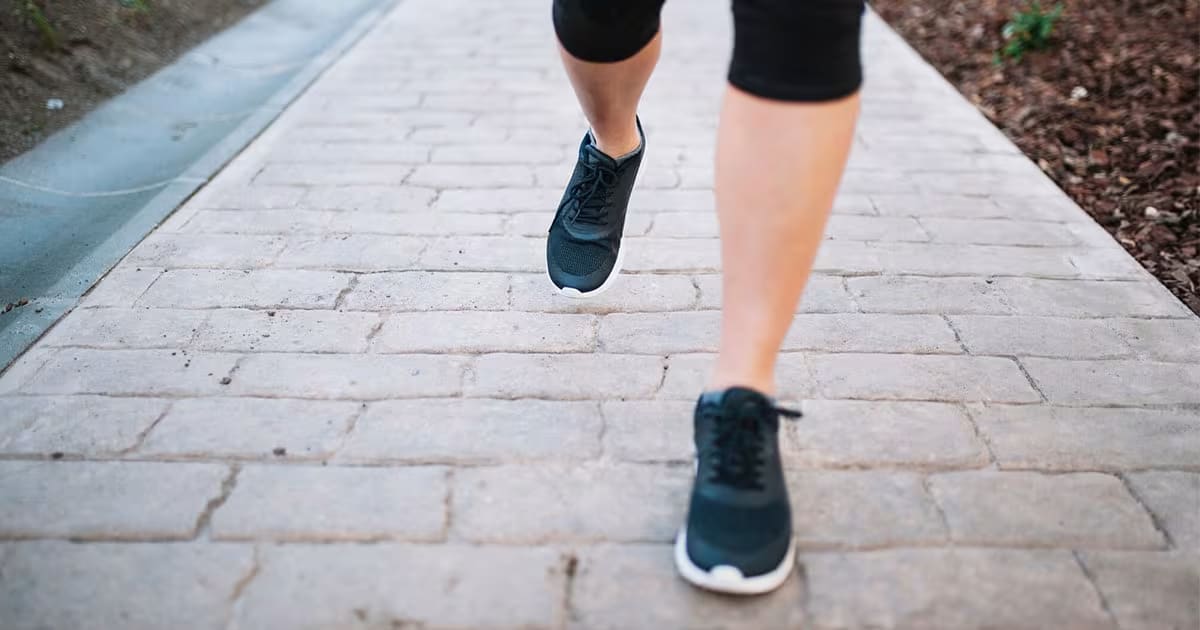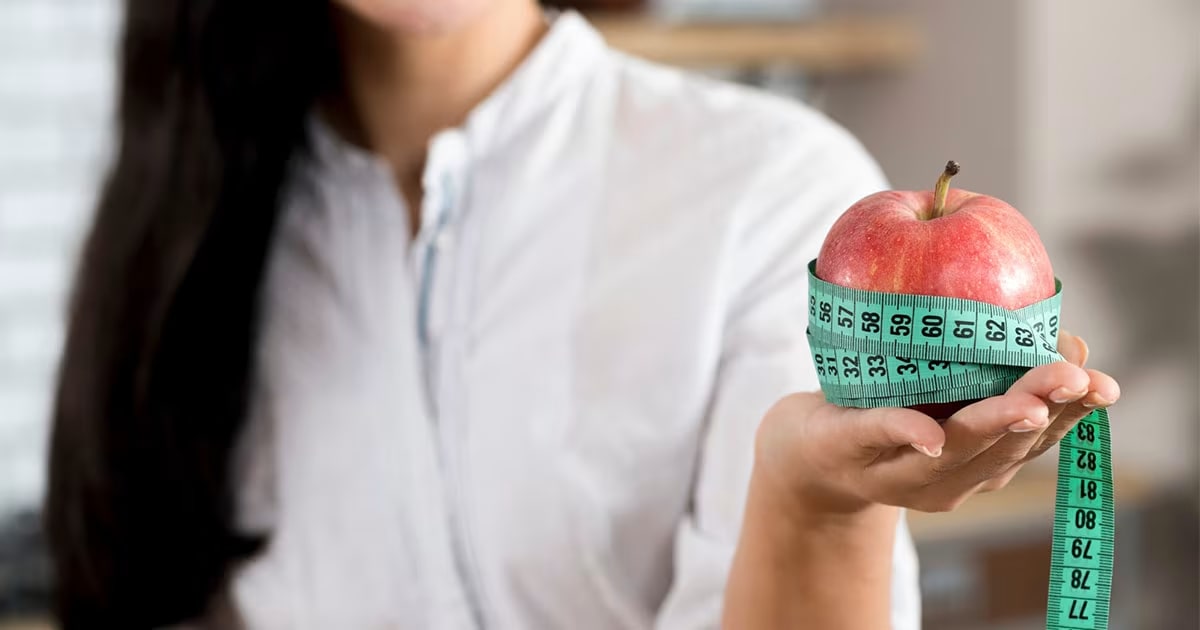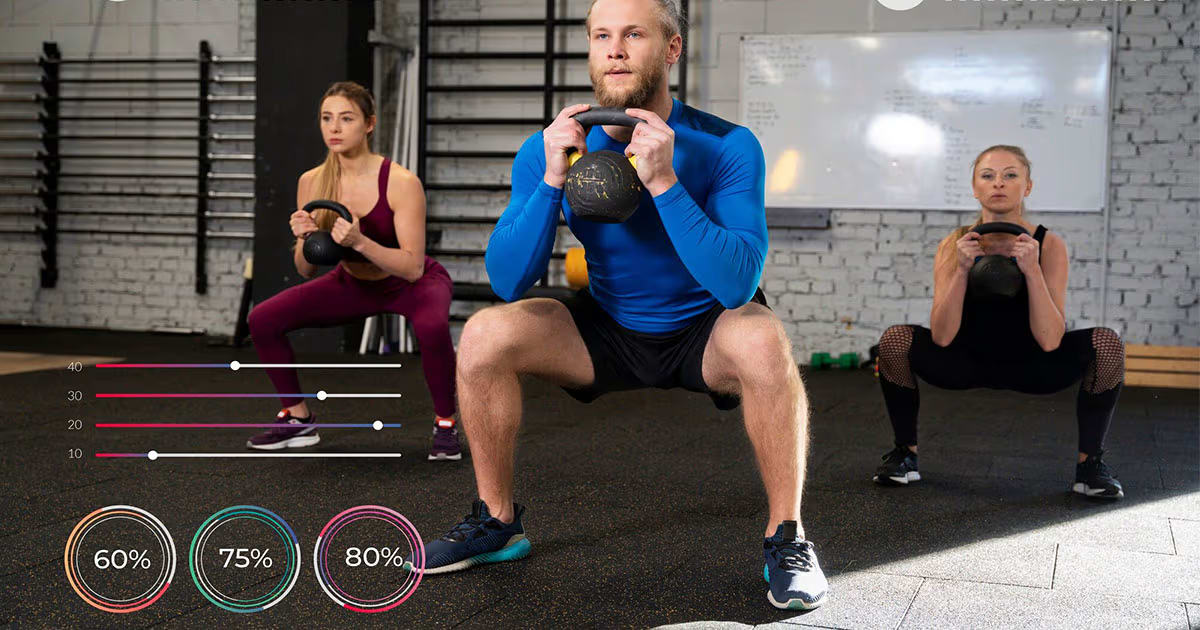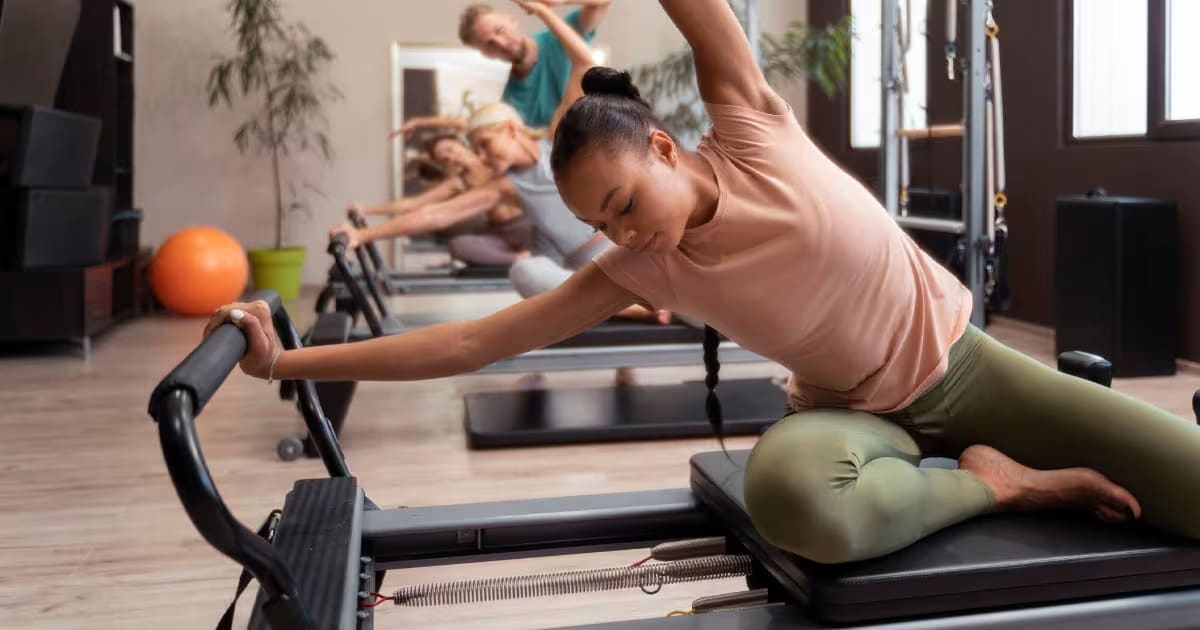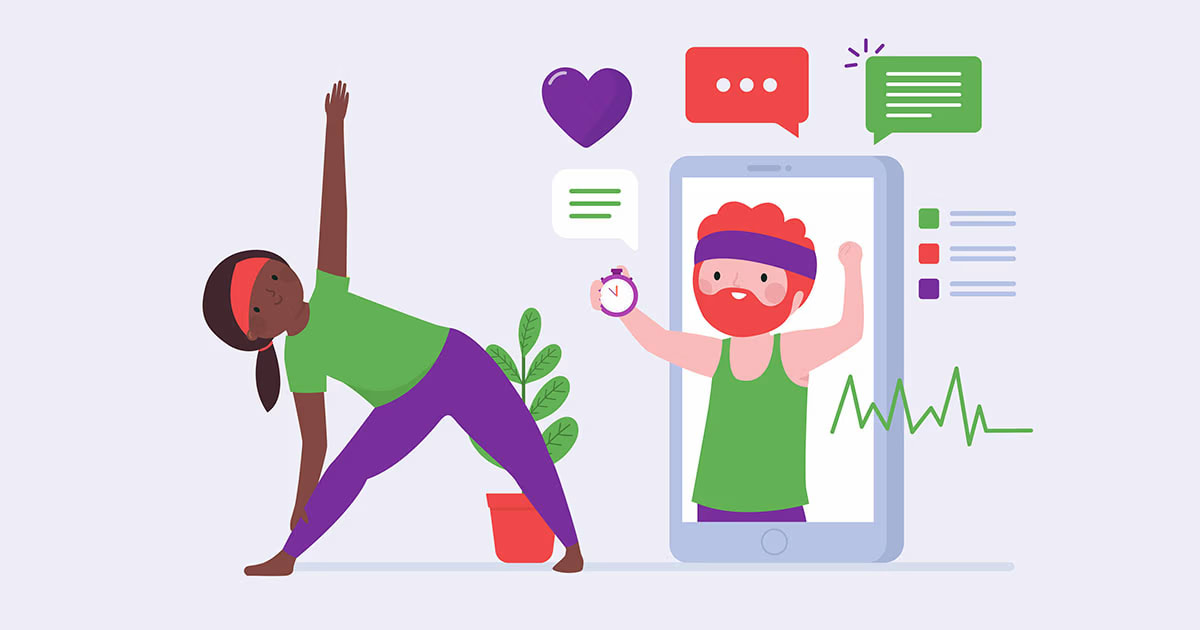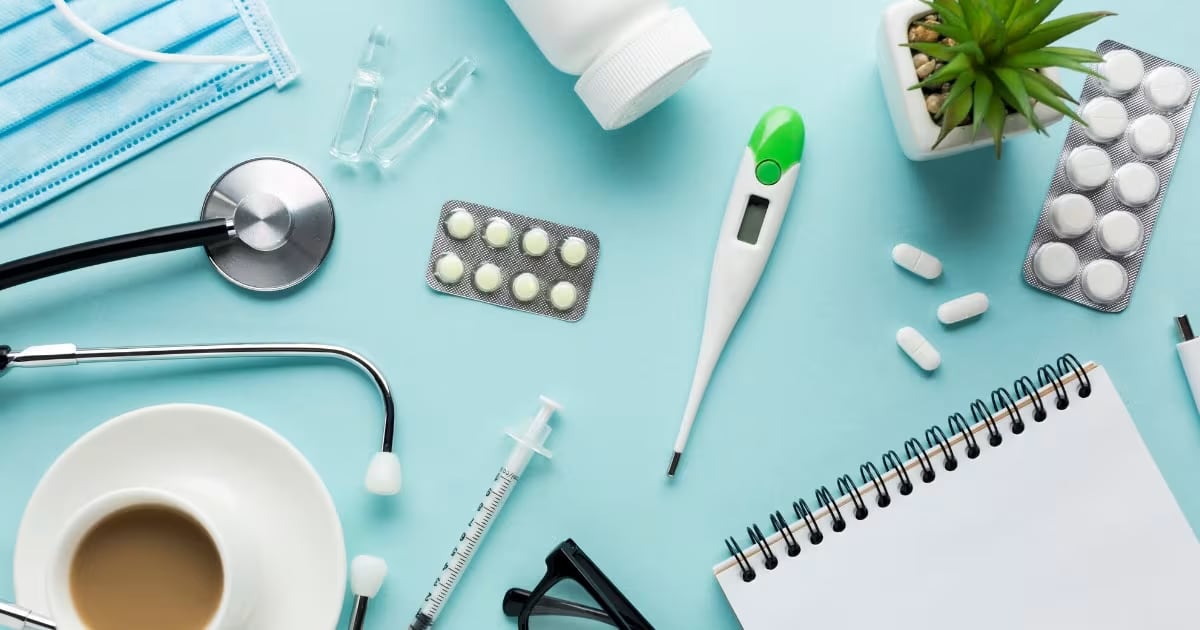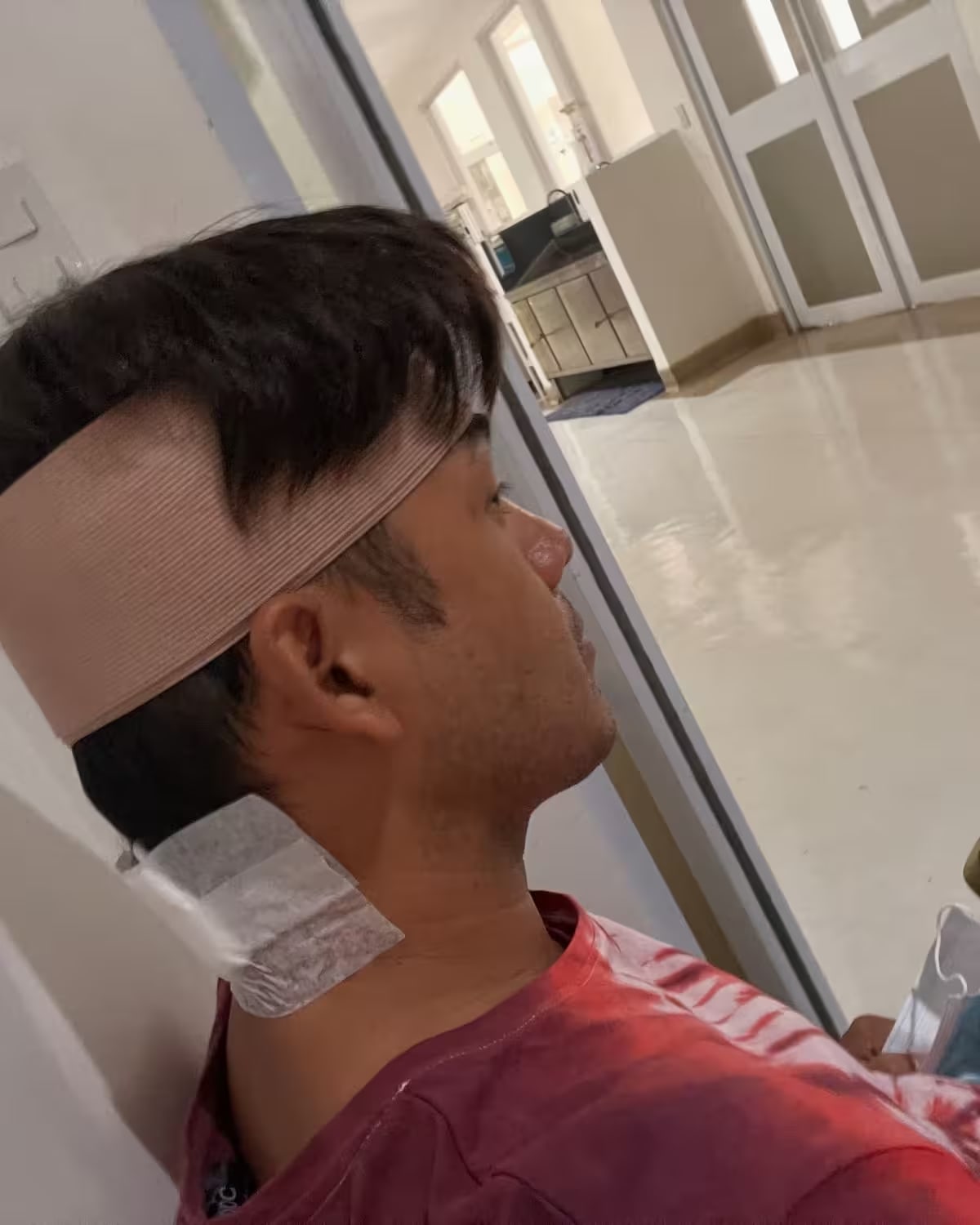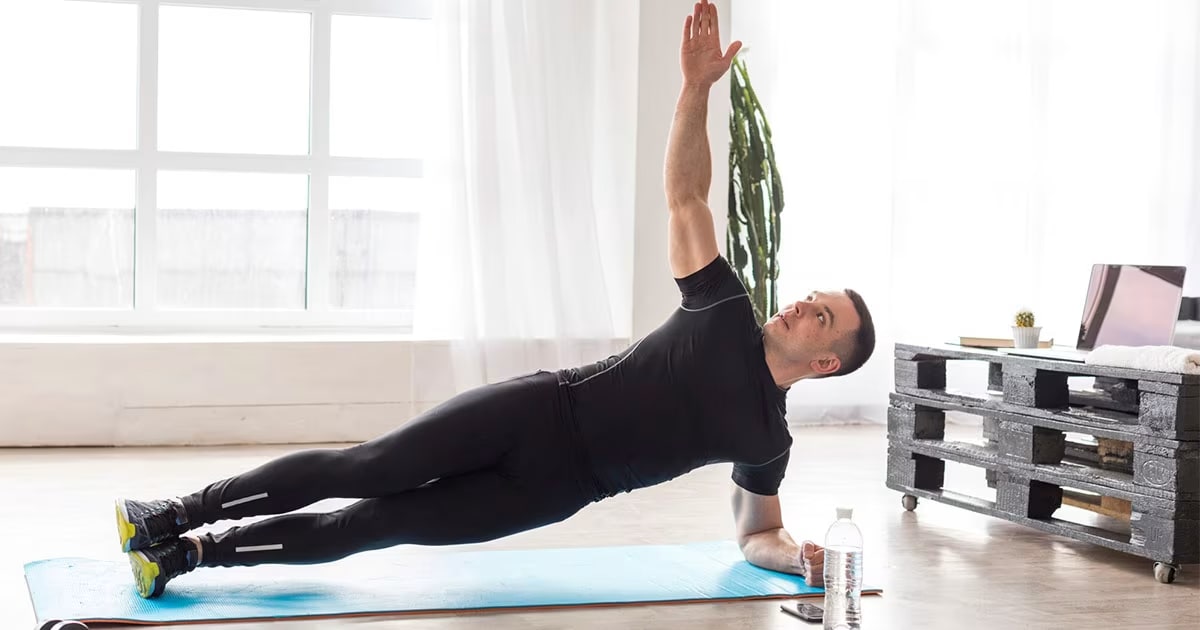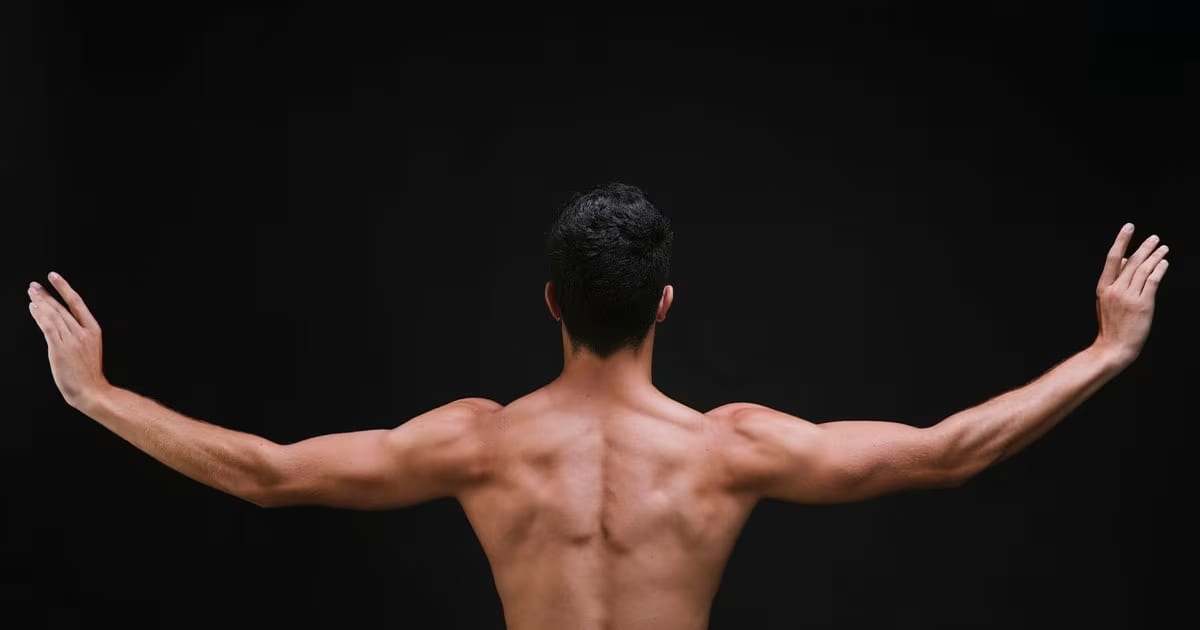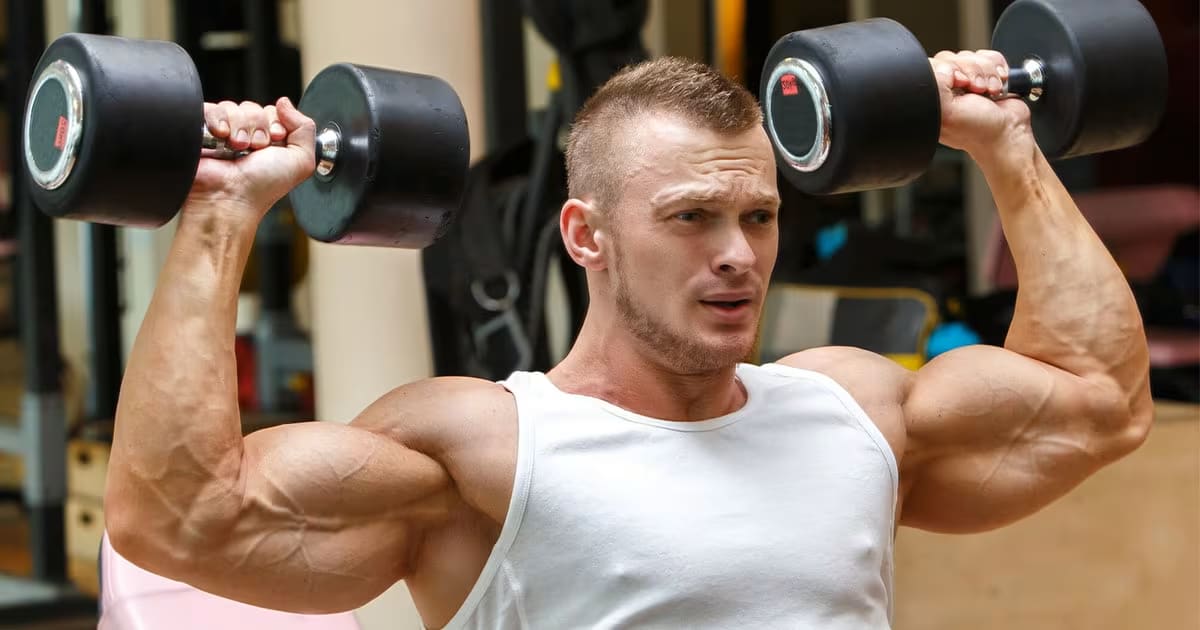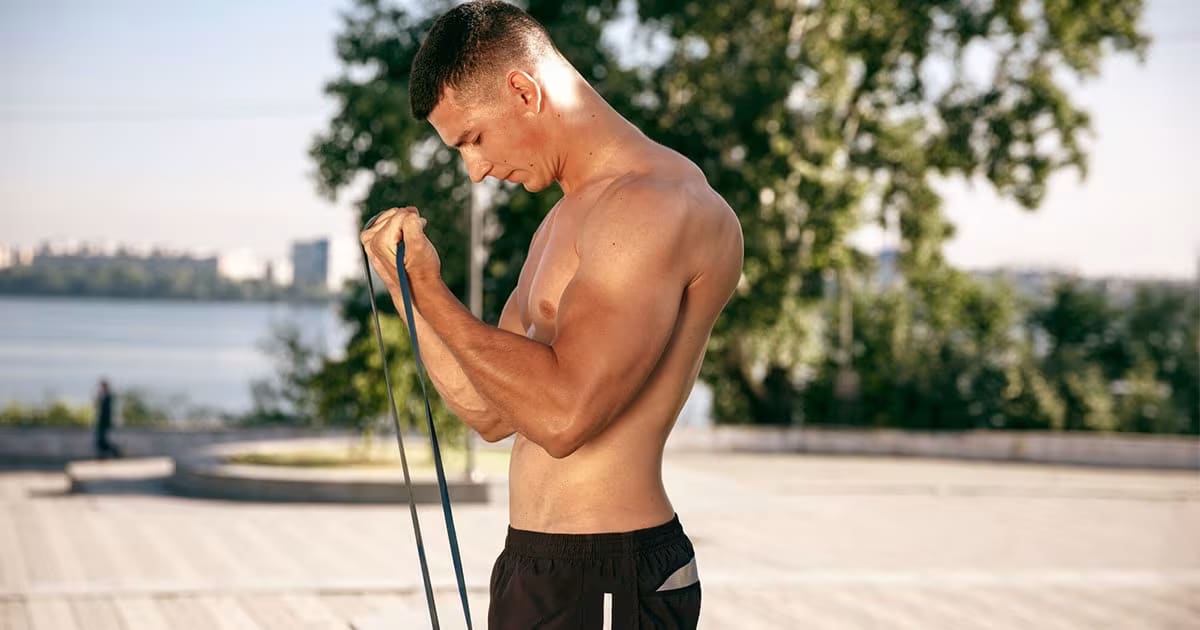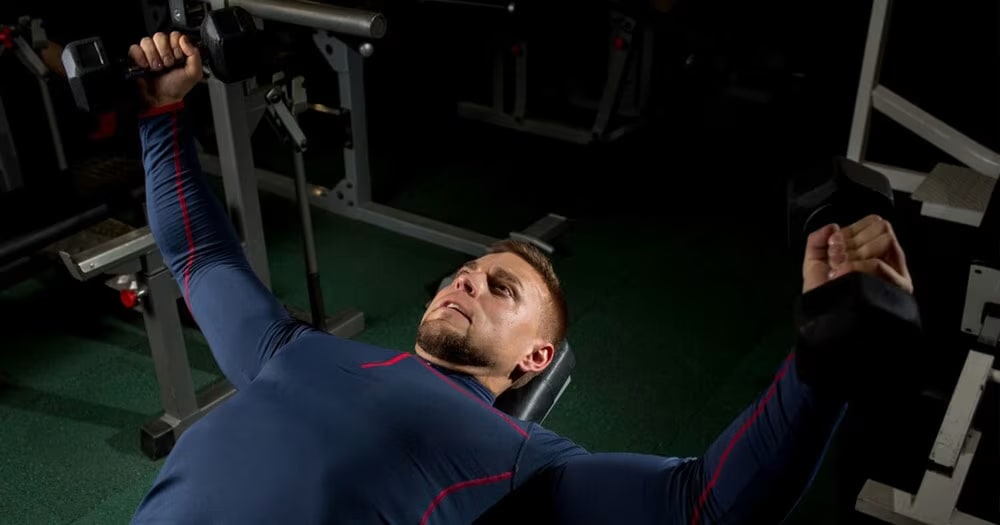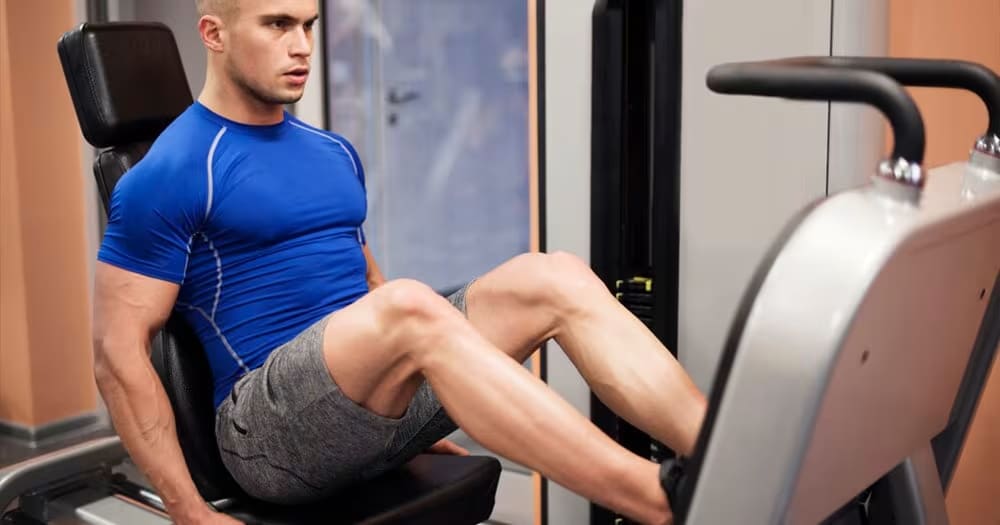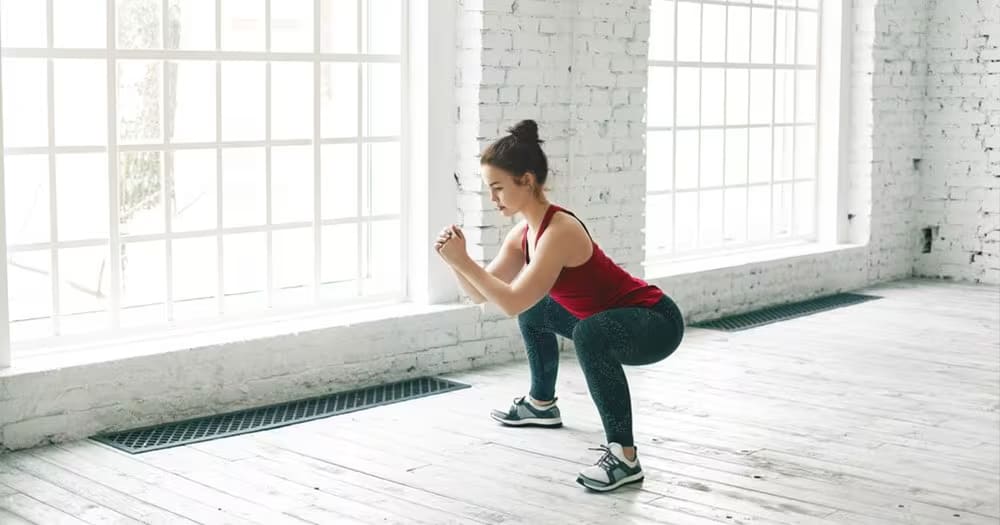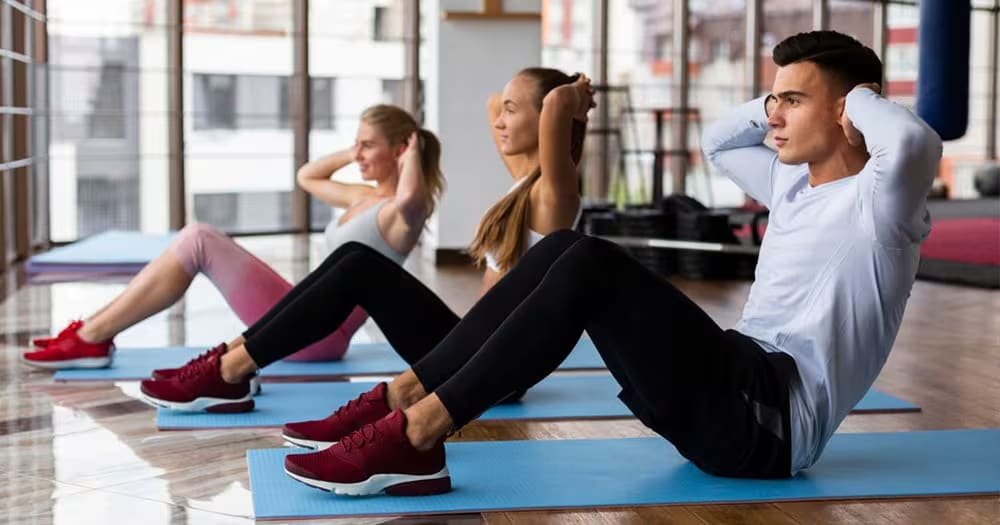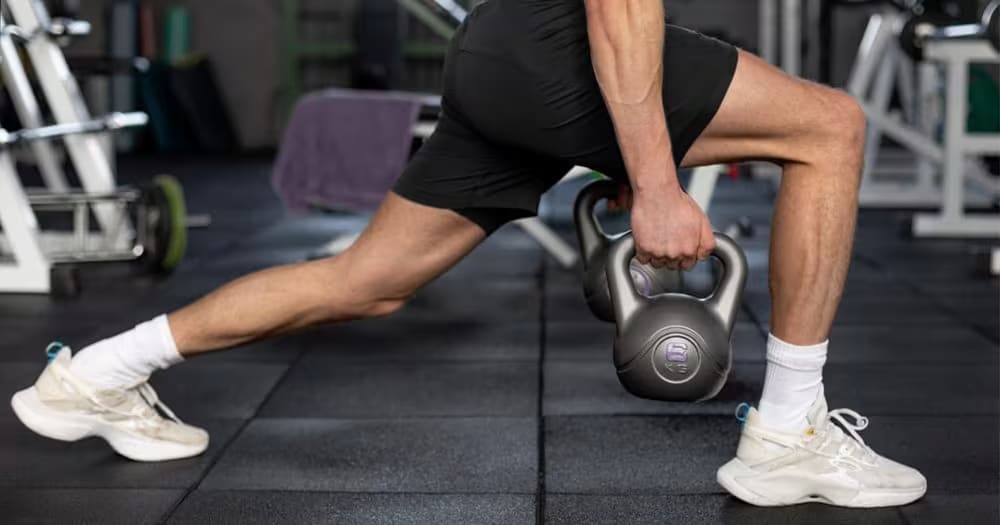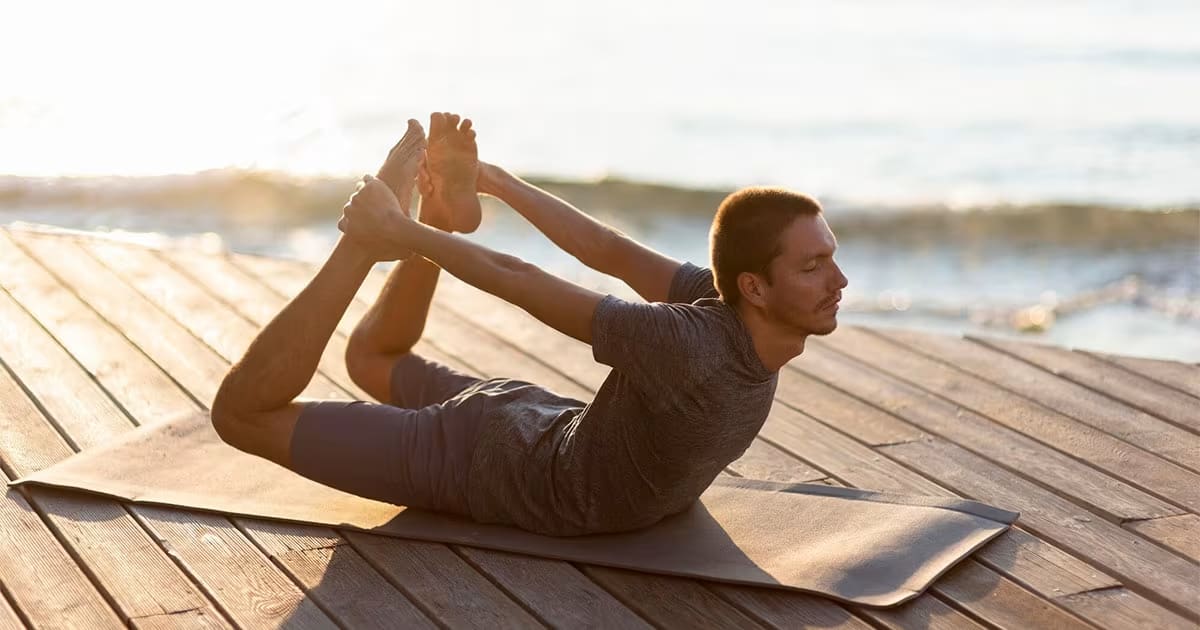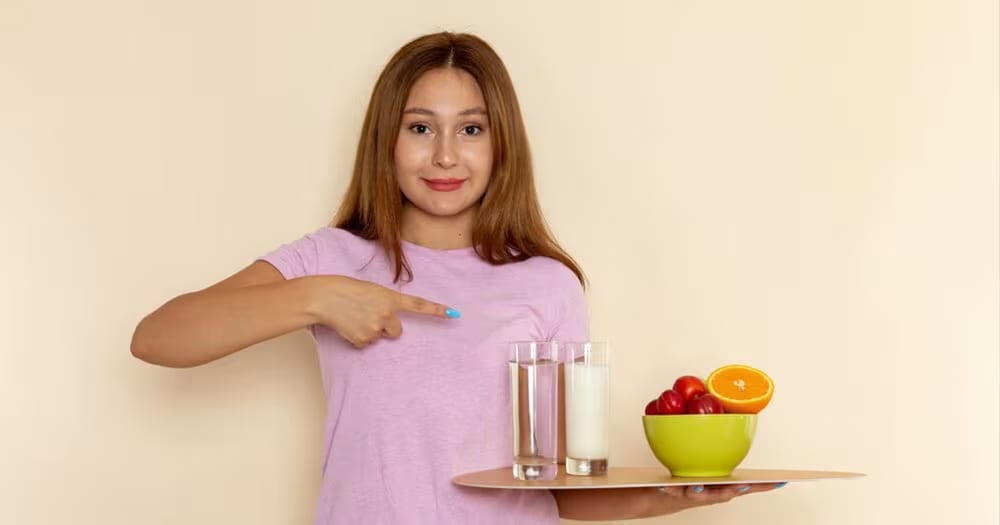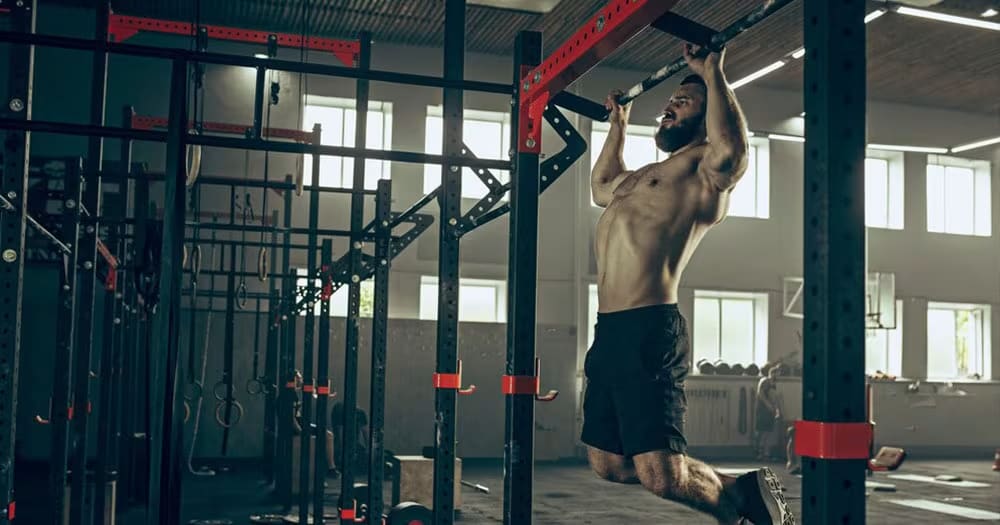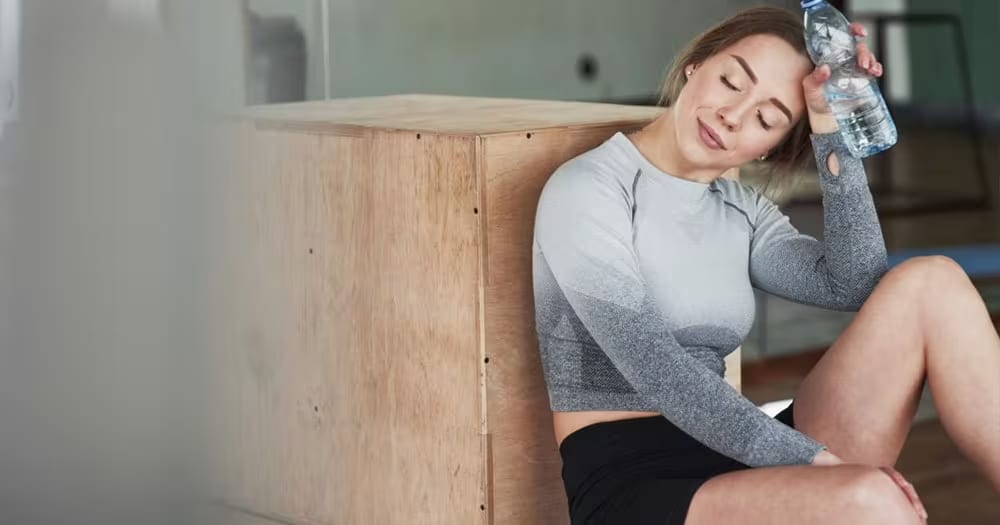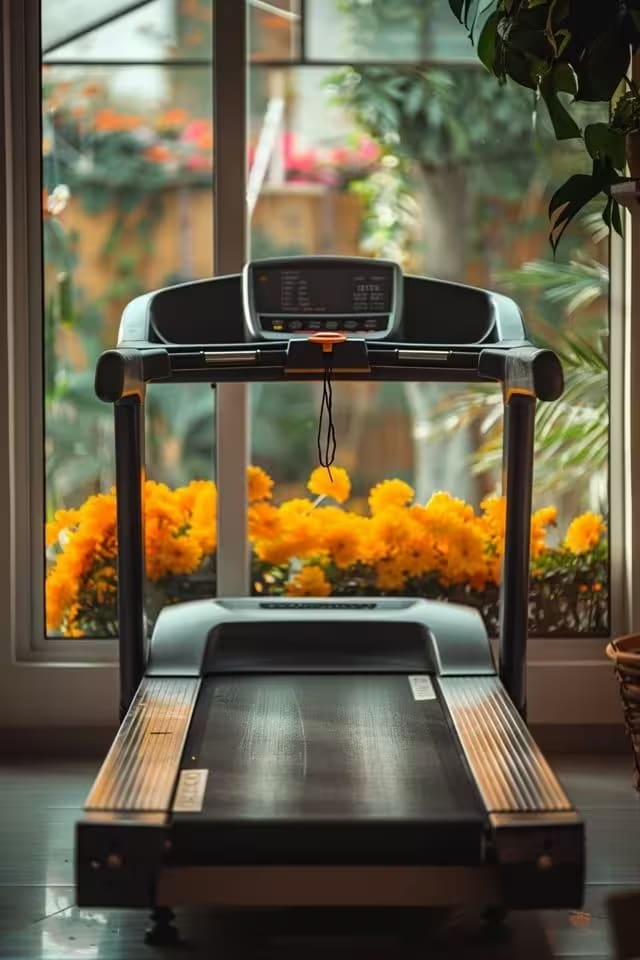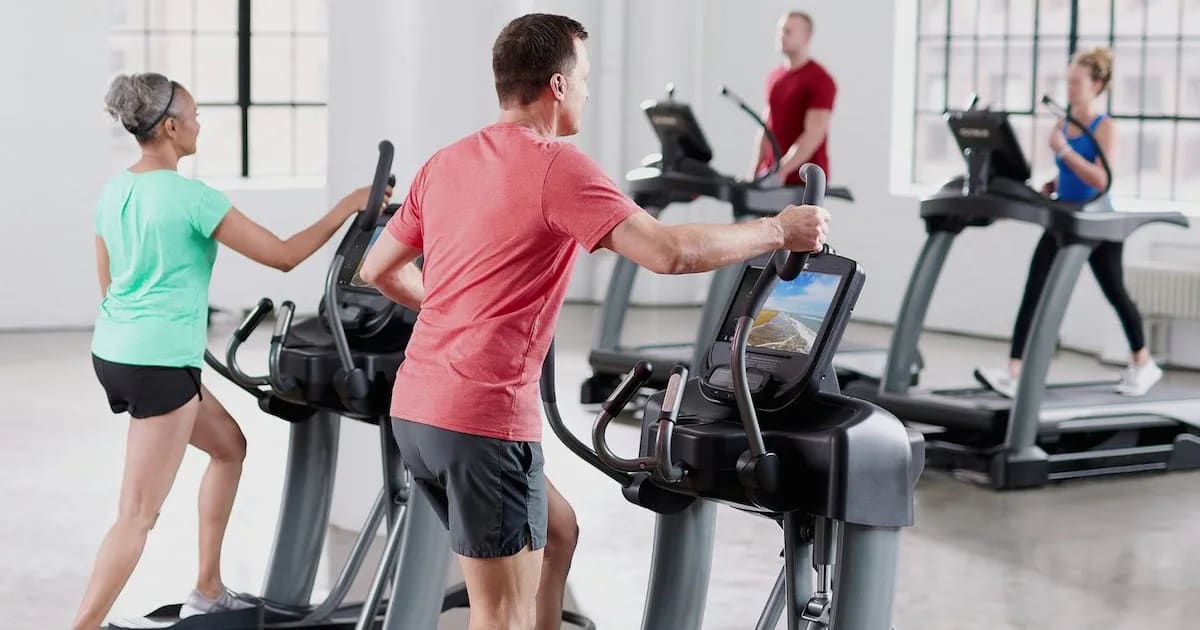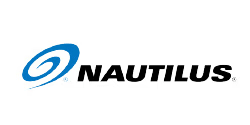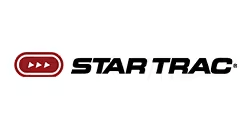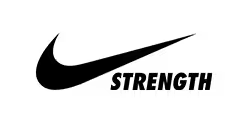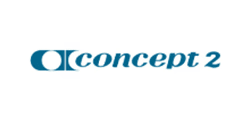Wondering How Exercise Affects Weight Loss? Here’s What You Need to Know!
In today's fast-paced world, marked by sedentary lifestyles and convenience-centric choices, effective weight loss strategies are a need-of-the-hour. Amidst the plethora of advice and trends, one tried-and-true method stands as a beacon of hope: exercise.
Welcome to our comprehensive guide, where we delve deep into the symbiotic relationship between exercise and weight loss. Let's embark on a journey to unearth how exercise can be your ultimate tool for shedding those extra pounds and unveiling a healthier, happier you.
The Science Behind Exercise and Weight Loss
Before delving into the role of exercise in weight loss, it's essential to grasp the fundamental principles of how our bodies store and burn energy. Weight loss occurs when there is a sustained negative energy balance meaning you burn more calories than you consume. This deficit prompts the body to tap into its stored fat reserves for energy, leading to a reduction in body weight.
Exercise contributes to this energy deficit by increasing your total daily energy expenditure (TDEE). TDEE comprises three main components:
- Basal metabolic rate (BMR)
- Thermic effect of food (TEF)
- Physical activity level (PAL).
Exercise primarily influences the PAL component. It encompasses all physical activities, from structured workouts to daily movements like walking and standing.
- Metabolism and Exercise: Your metabolism is central to the weight loss equation. Exercise plays a pivotal role in stimulating your metabolism, enhancing your body's ability to burn calories not just during your workout but even at rest. Activities like brisk walking on a treadmill and intense sessions on an exercise bike significantly increase heart rate and oxygen consumption, catalysing calorie expenditure.
- Lean Muscle Mass Matters: Introducing strength training to your fitness routine can be a game-changer for weight loss. Beyond calorie burn, resistance exercises like rowing and elliptical cross-training promote the development of lean muscle mass. Muscle tissues are metabolically active. Hence, the more muscle you have, the more calories your body burns, even during periods of inactivity.
Types of Exercise for Weight Loss
When it comes to exercise for weight loss, there is no one-size-fits-all approach. Different types of exercise have varying effects on energy expenditure, muscle mass preservation, and metabolic rate. Here are some effective types of exercise to consider:
- Cardiovascular Exercise: Cardiovascular exercises, such as running, cycling, swimming, and aerobics, elevate your heart rate and burn calories. They are effective for creating an energy deficit and improving cardiovascular fitness. However, relying solely on cardio may lead to muscle loss if not combined with strength training.
- Strength Training: Strength training, or resistance training, involves lifting weights or using resistance bands to build and maintain muscle mass. Muscle tissue burns more calories at rest than fat tissue, contributing to a higher resting metabolic rate. Incorporating strength training into your routine can help preserve lean muscle mass while promoting fat loss.
- High-Intensity Interval Training (HIIT): HIIT involves alternating between high-intensity bursts of exercise and periods of rest or lower-intensity activity. This approach can lead to increased calorie burn during and after the workout, known as the afterburn effect or excess post-exercise oxygen consumption (EPOC).
- Functional Training: Functional exercises mimic real-life movements and engage multiple muscle groups simultaneously. Activities like kettlebell swings, bodyweight squats, and burpees challenge your body in dynamic ways, enhancing overall strength, coordination, and calorie burn.
- Mind-Body Activities: Activities like yoga, Pilates, and tai chi not only improve flexibility and balance but also contribute to stress reduction. Managing stress is essential for weight loss, as high stress levels can lead to overeating and hinder fat loss.
Creating an Effective Workout Routine
Designing a workout routine that aligns with your weight loss goals and lifestyle is essential for long-term success. Here's a step-by-step guide to creating an effective exercise plan:
- Set Clear Goals: Define your weight loss goals and identify specific outcomes you want to achieve. Whether it's losing a certain number of pounds, improving fitness levels, or enhancing muscle tone, having clear goals will guide your exercise choices.
- Choose the Right Mix: Incorporate a balanced mix of cardiovascular exercises, strength training, and flexibility/mind-body activities into your routine. This combination maximizes calorie burn, muscle preservation, and overall well-being.
- Plan Frequency and Duration: Aim for at least 150 minutes of moderate-intensity aerobic activity or 75 minutes of vigorous-intensity aerobic activity per week, spread across several days. Include 2-3 days of strength training to target major muscle groups.
- Progressive Overload: Gradually increase the intensity, duration, or resistance of your workouts over time. This principle of progressive overload ensures that your body continues to adapt and improve.
- Listen to Your Body: Pay attention to how your body responds to exercise. While pushing yourself is important, avoid overtraining or ignoring signs of fatigue or injury.
- Rest and Recovery: Adequate rest is essential for muscle recovery, hormonal balance, and overall well-being. Include rest days in your routine and prioritize sleep for optimal results.
Common Misconceptions About Exercise and Weight Loss
There are several misconceptions surrounding exercise and weight loss that can hinder progress or lead to frustration. Let's debunk some of these myths:
- Spot Reduction: It's a common belief that targeting specific areas through exercise (e.g., doing endless crunches for a flat stomach) will lead to spot reduction of fat. In reality, fat loss occurs throughout the body, and targeted exercises only strengthen and tone underlying muscles.
- Cardio vs. Strength Training: Both cardio and strength training contribute to weight loss. While cardio burns more calories during the activity, strength training preserves muscle mass and boosts metabolism, aiding long-term fat loss.
- More is Better: Excessive exercise without adequate recovery can lead to burnout, injury, and hormonal imbalances. Quality and consistency of workouts are more important than sheer volume.
- Compensation: Some individuals overestimate the calories burned during exercise and compensate by eating more than necessary. Be mindful of your dietary choices and avoid using exercise as an excuse to indulge excessively.
- Quick Fixes: Relying solely on exercise without addressing dietary habits and lifestyle factors is unlikely to lead to sustainable weight loss. A holistic approach that includes nutrition, exercise, sleep, and stress management is key.
Crafting Your Ideal Workout Routine
- Embracing Diversity: When crafting an effective exercise routine, variety emerges as a potent weapon. Blending cardiovascular workouts such as climbing and stepping with strength-focused regimens adds an element of surprise for your body, preventing plateaus and optimising calorie burn.
- Enter High-Intensity Interval Training (HIIT): Within the realm of effective workout methodologies, HIIT deserves special mention. This approach involves alternating between intense bursts of activity and short periods of rest. Apart from its time-saving aspect, HIIT maximises the after-burn effect, ensuring that your body continues to torch calories long after you've completed your workout session.
- Consistency is Key: To set the wheels of weight loss in motion, consistency is paramount. Strive for at least 150 minutes of moderate aerobic activity or 75 minutes of vigorous activity each week, complemented by muscle-strengthening exercises on a minimum of two days.
The Synergy of Mindful Eating and Exercise
- The Balancing Act: While exercise is undeniably potent, its effects can be amplified when coupled with a balanced diet. Providing your body with the right nutrients ensures that your workout efforts aren't negated by unhealthy food choices.
- Fueling Pre and Post-Workout: Elevate your exercise routine by paying attention to pre and post-workout nutrition. Consuming a combination of carbohydrates and protein before a workout energises your session. Post-workout, focus on replenishing glycogen stores and facilitating muscle recovery with a protein-rich snack.
Overcoming the Hurdles: Navigating Challenges on Your Journey
- Stoking the Motivational Fire: Maintaining motivation throughout your weight loss journey can be a daunting task. However, setting achievable goals, tracking your progress, and celebrating milestones can help sustain your enthusiasm. Consider treating yourself to a well-deserved reward, such as a stylish fitness outfit or a weekend getaway.
- Seamless Integration into a Busy Lifestyle: We understand that life can be hectic, which is why seamlessly integrating workouts into your daily routine is essential. With home workout equipment like a treadmill or an exercise bike, you can effortlessly sneak in quick, effective exercise sessions, even on the busiest of days.
The Holistic Approach: Exercise as a Catalyst for a Healthier You
- Beyond the Numbers: Exercise brings numerous health benefits, including reduced stress, improved mood, increased energy, and better overall well-being.
- Fostering a Supportive Community: Starting a weight loss journey is easier and more successful with a supportive community. Joining fitness classes or groups can provide the camaraderie and accountability needed for sustained progress. Explore our community forums or partake in classes at our UAE store to find your tribe.
Practical Tips for Success
Starting exercise to lose weight can be challenging. But, with the right strategies, you can set yourself up for success:
- Start Slowly: If you're new to exercise, begin with manageable workouts and gradually increase intensity and duration. This approach minimizes the risk of injury and burnout.
- Find Activities You Enjoy: Choose exercises you genuinely enjoy, whether it's dancing, hiking, or playing a sport. Enjoyment increases the likelihood of sticking to your routine.
- Stay Consistent: Consistency is key to seeing results. Create a schedule that works for you and prioritize your workouts as you would any other appointment.
- Mix It Up: Avoid monotony by incorporating a variety of exercises into your routine. Trying new activities keeps your workouts fresh and engages different muscle groups.
- Fuel Your Body: Proper nutrition is essential for supporting your workouts and aiding recovery. Consume a balanced diet rich in whole foods to fuel your weight loss efforts.
- Set Realistic Expectations: Remember that weight loss is a gradual process. Set achievable goals and celebrate each milestone along the way.
- Stay Hydrated: Drinking water before, during, and after exercise helps optimize performance and supports overall health.
Embarking on Your Transformation
Incorporating exercise into your weight loss journey could be the transformative key you've been seeking. Armed with determination, a well-rounded exercise routine, and a nurturing environment, you're on the path to unlocking the healthier, happier version of yourself that's been patiently waiting to emerge.
Remember, before commencing any new exercise regimen, it's advisable to consult with a qualified healthcare professional, particularly if you have underlying medical conditions.
Exercise is a vital component of a successful weight loss journey, contributing to an energy deficit, increased metabolism, and improved overall health. By understanding the science of weight loss, choosing the right types of exercise, creating an effective workout routine, dispelling common misconceptions, and implementing practical tips, you can harness the power of exercise to achieve your weight loss goals.
Remember that sustainable weight loss requires a comprehensive approach that integrates exercise with balanced nutrition, rest, and mindful lifestyle choices. With dedication, consistency, and a well-designed exercise plan, you can embark on a transformative path toward a healthier and happier you.
For an extensive selection of premium gym equipment, including top-tier treadmills, elliptical cross trainers, exercise bikes, rowing machines, climb mills, and steppers, go through our website. Here's to your exhilarating journey toward a healthier and more vibrant life.

